There are dozens of species of entertaining Aussie honeyeaters. They take nectar from flowering plants by flicking their long, fringed tongues into the flowers. Here are four species that I have photographed recently.
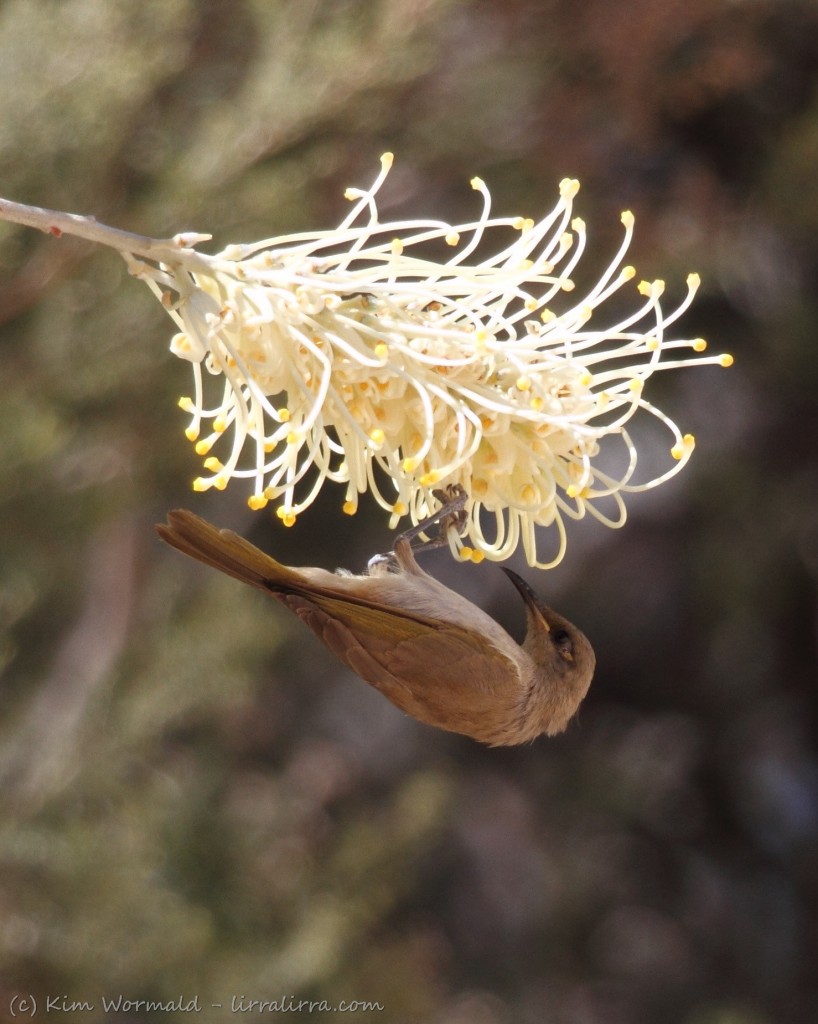 Brown Honeyeater (Lichmera indistincta)
Brown Honeyeater (Lichmera indistincta)
Brown Honeyeaters are about 14cm in length and weigh just 11g which explains why this little fellow can hang onto the stamens of the bottlebrush without weighing it down.
Little Wattlebirds are larger than most honeyeaters. They are about 28cm and 62g and this little beauty was sitting at the top of a coastal banksia and singing loudly.
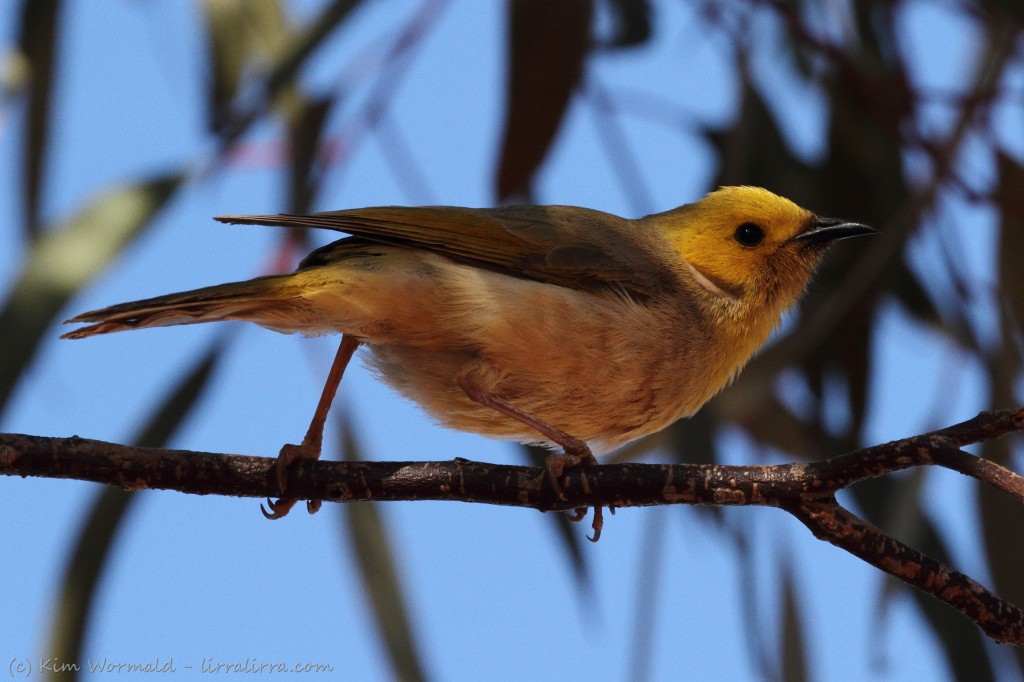 White-plumed Honeyeater (Lichenostomous penicillatus)
White-plumed Honeyeater (Lichenostomous penicillatus)
The late afternoon light gave the above White-plumed Honeyeater a lovely warm glow.
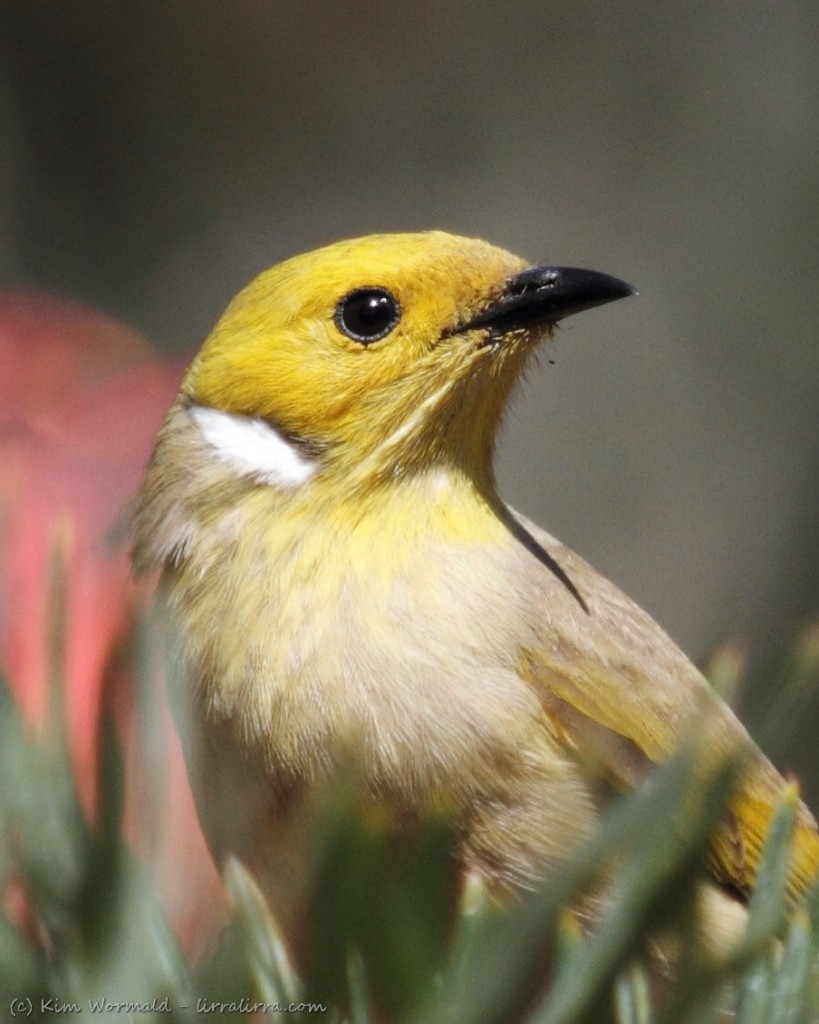 White-plumed Honeyeater portrait
White-plumed Honeyeater portrait
White-plumed Honeyeaters are about 16cm and 19g and can be found in most parts of Australia apart from the tropical north and very arid areas. They visit the Dandenong Ranges but I saw these birds in the red centre, around Uluru.
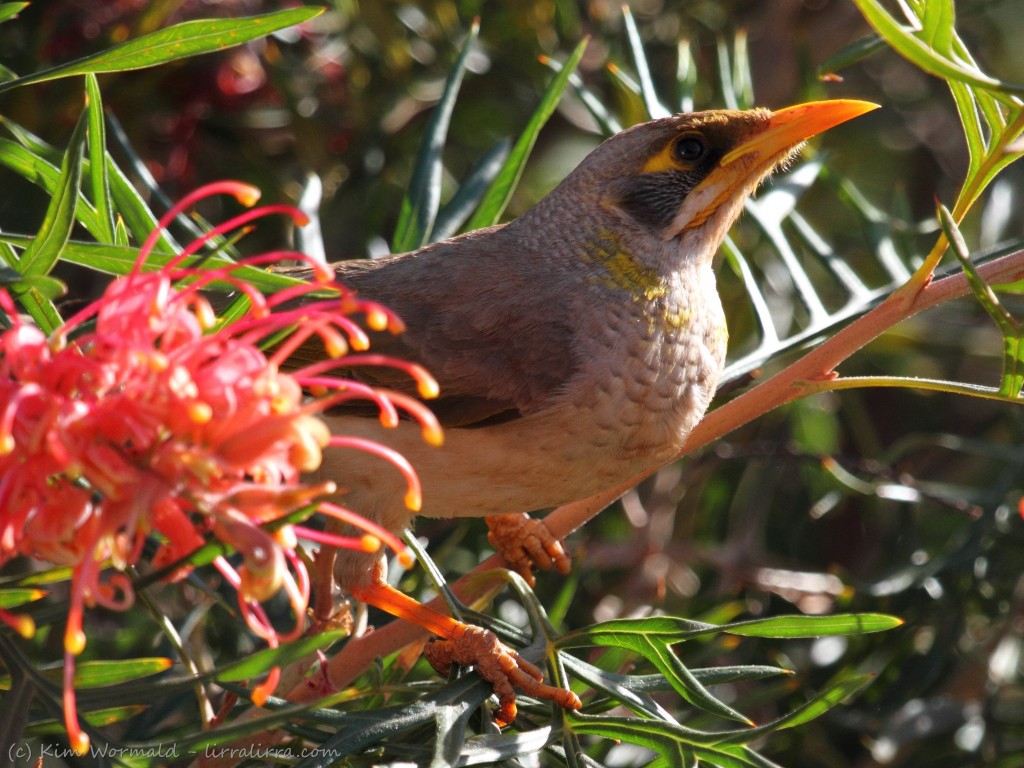 Yellow-throated Miner (Manorina flavigula)
Yellow-throated Miner (Manorina flavigula)
At 21cm and 31g Yellow-throated Miners are medium sized honeyeaters.
Even the medium and larger honeyeaters are able to hang upside down when looking for food. Most honeyeaters take occasional insects and some eat fruit as well as nectar. In a previous post A Magical Morning there is an image of one of my favourite honeyeaters the Eastern Spinebill.
Happy birding, Kim
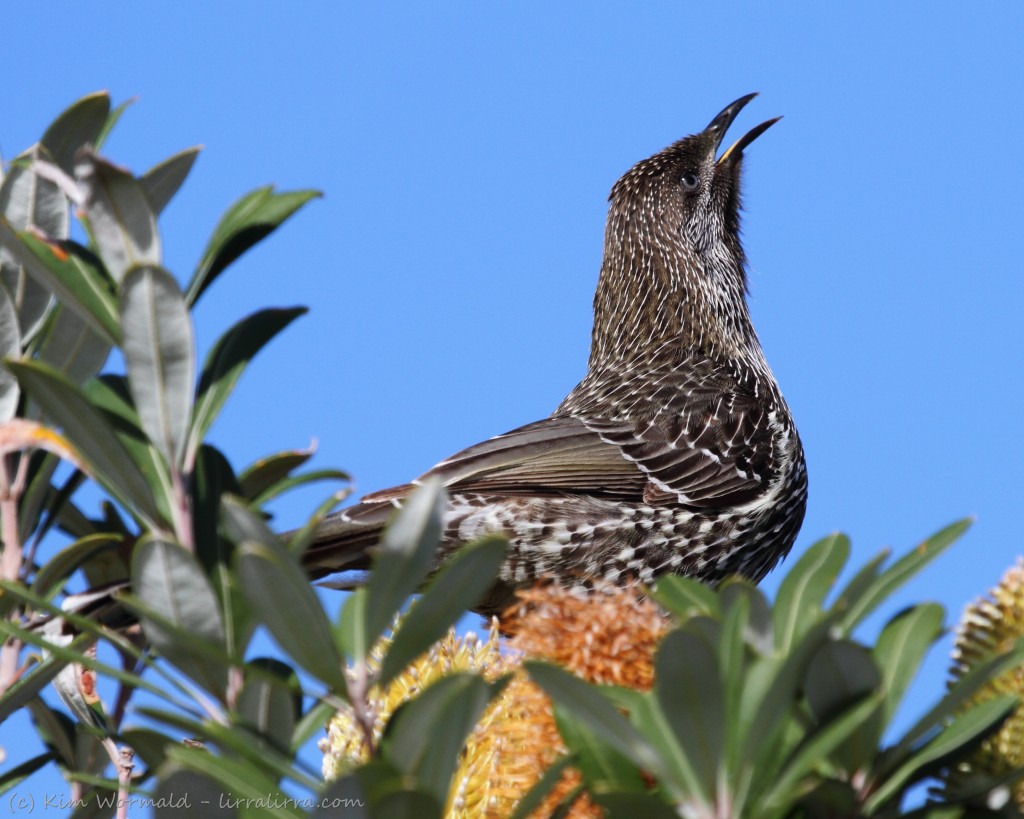
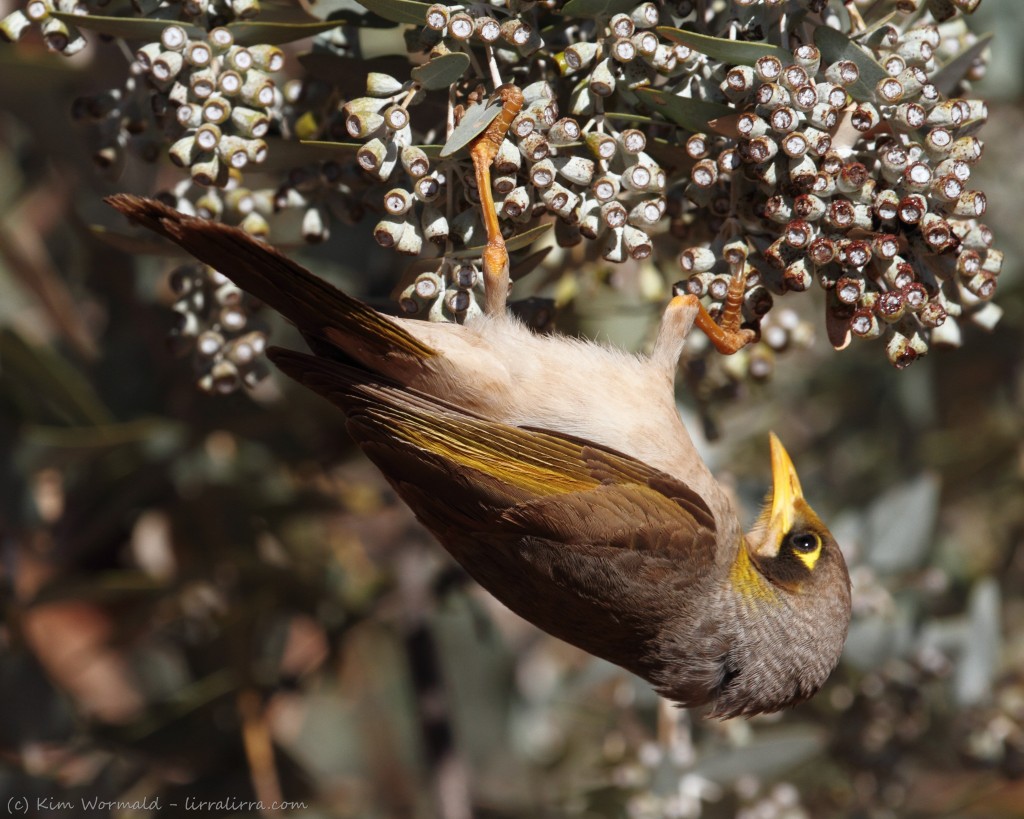

Kim, you have the most amazing birds to photograph! Love this post.
I think the same about you Mia, your wood duck is quite splendid like your herons and raptors and oodles of others that I’ve enjoyed on your site.